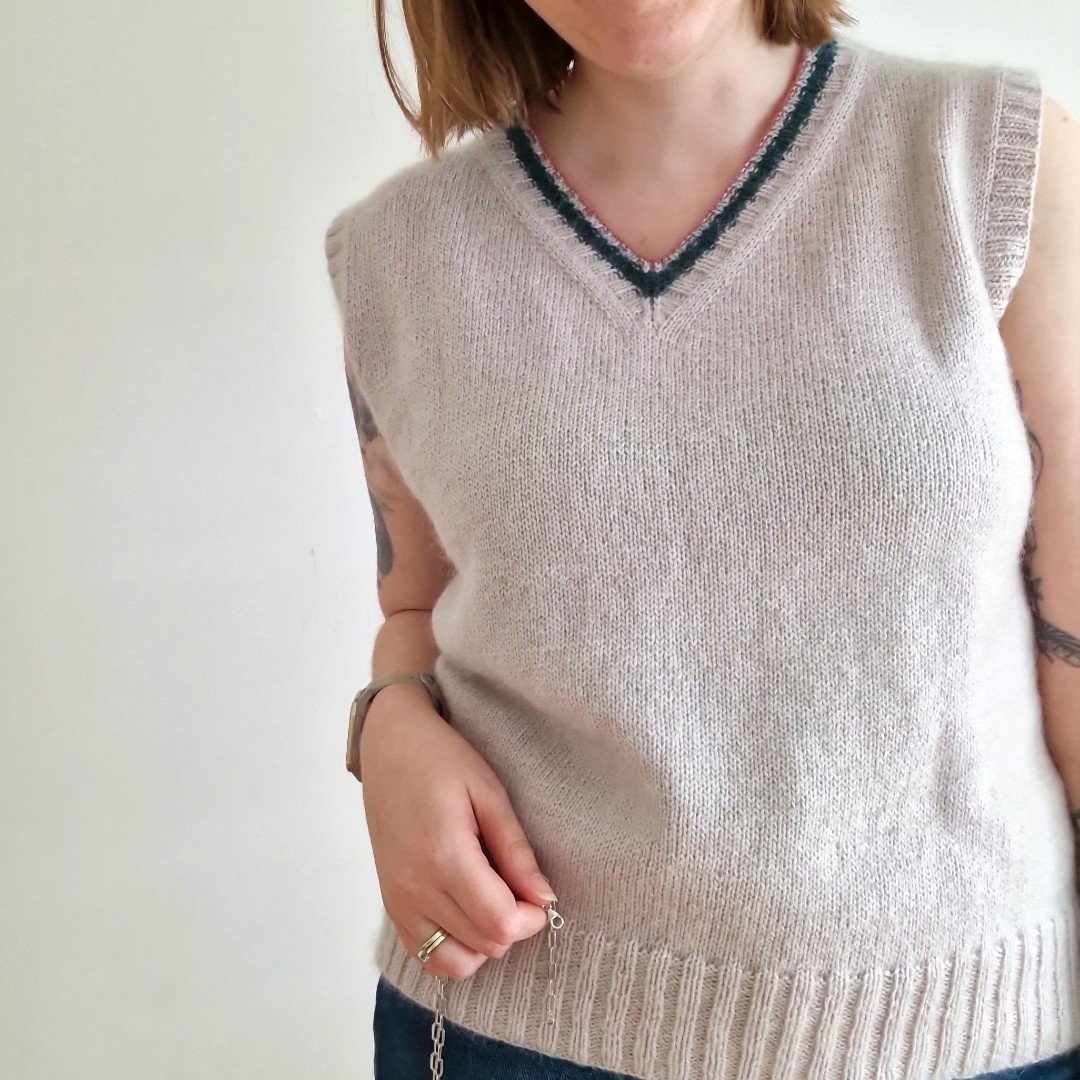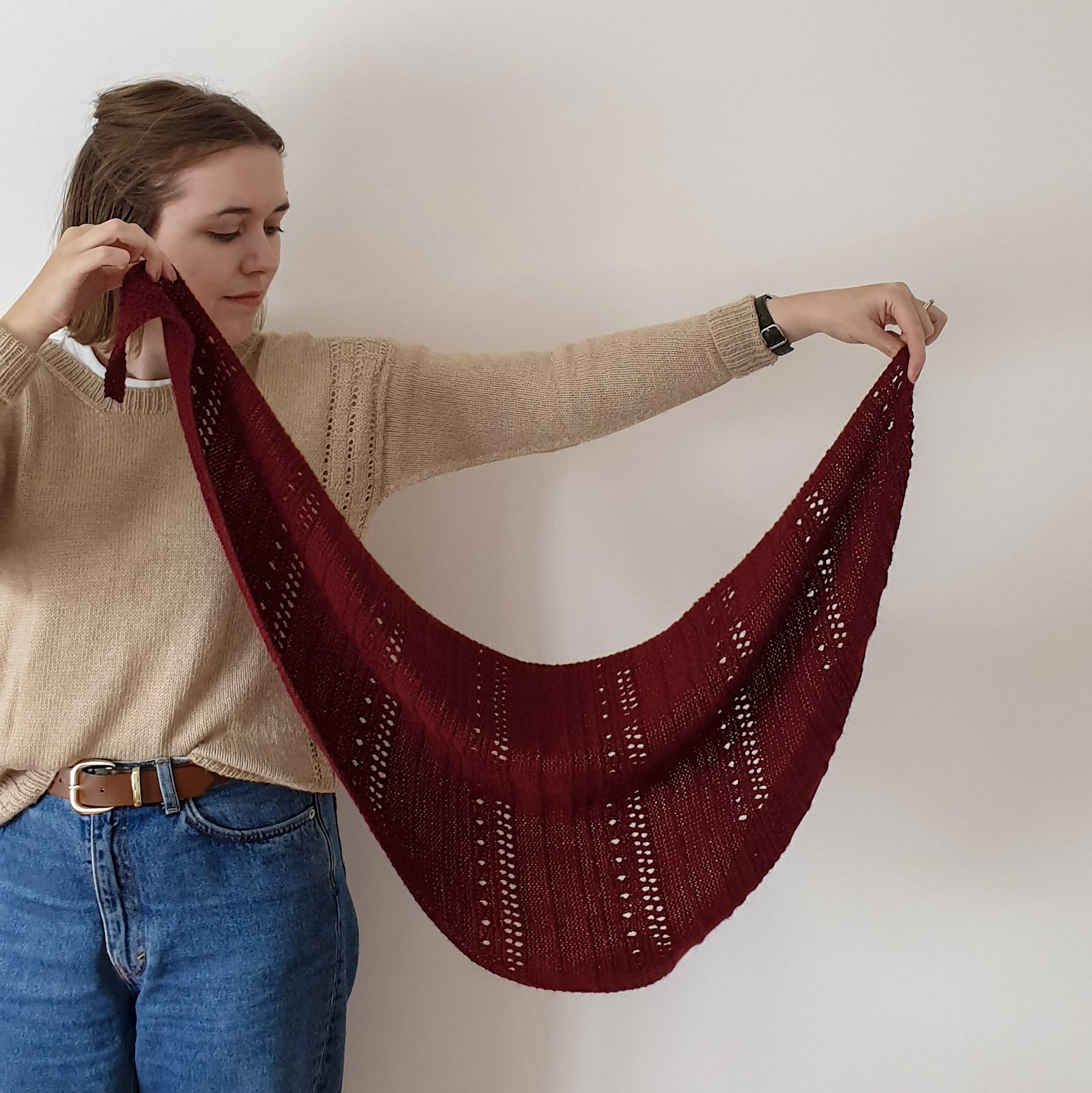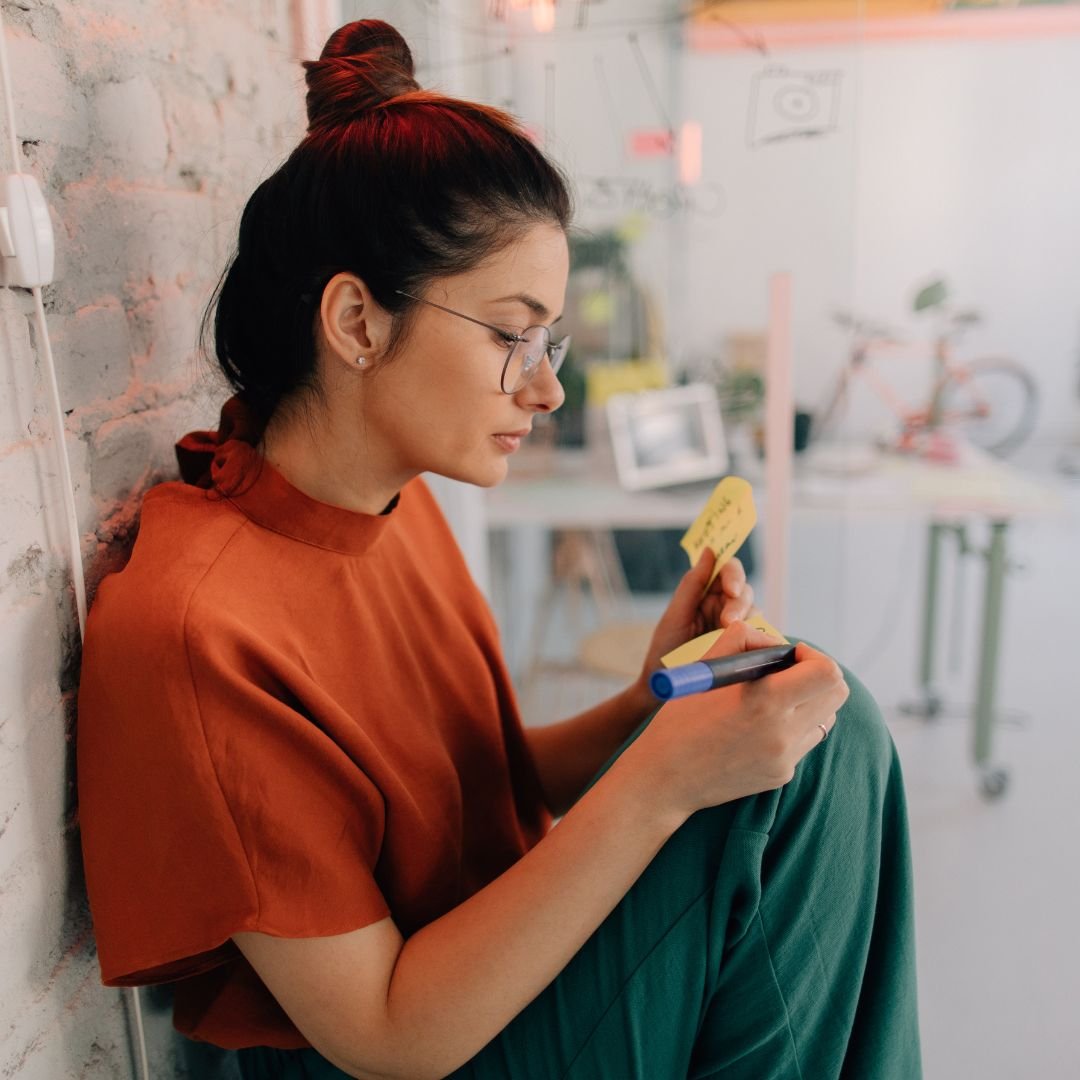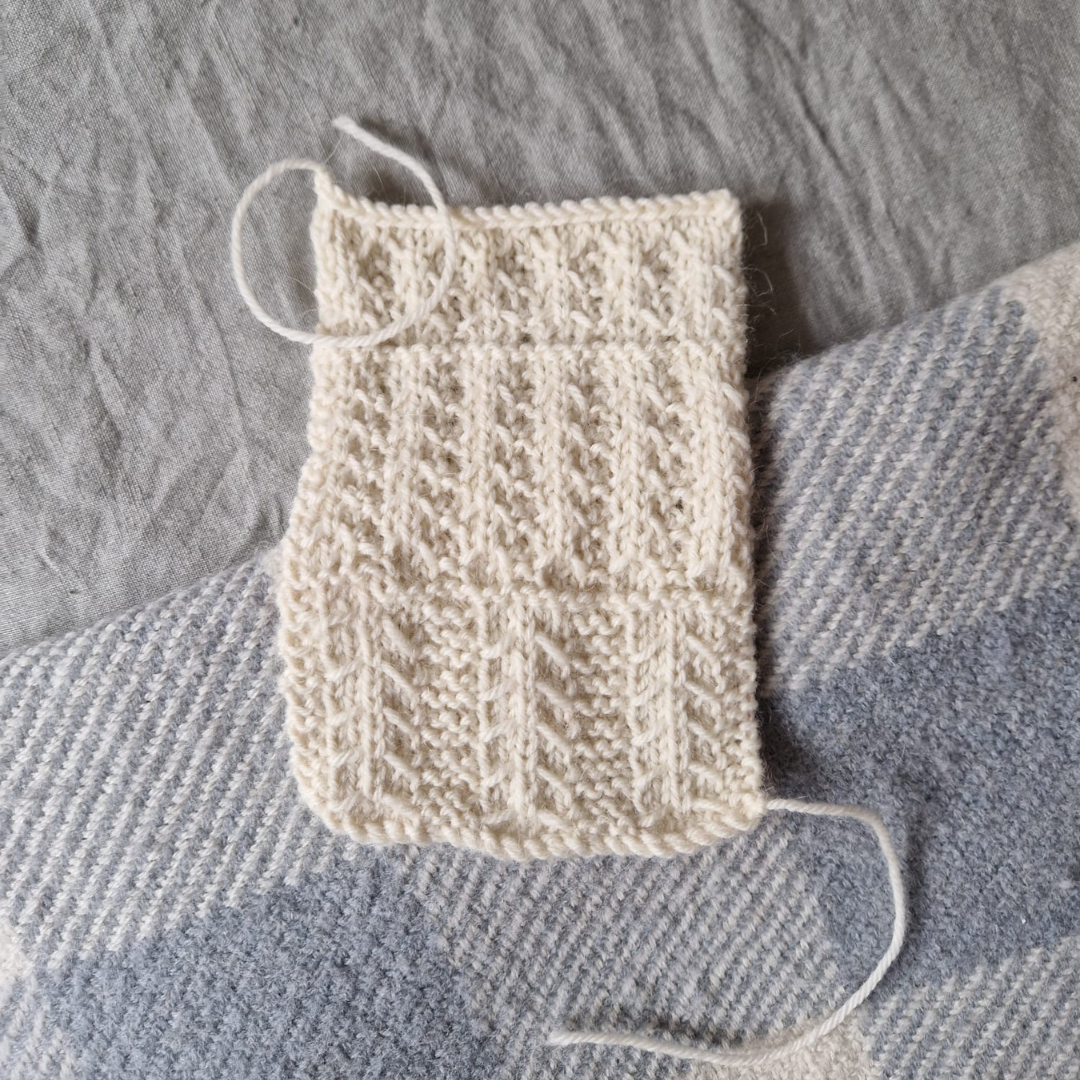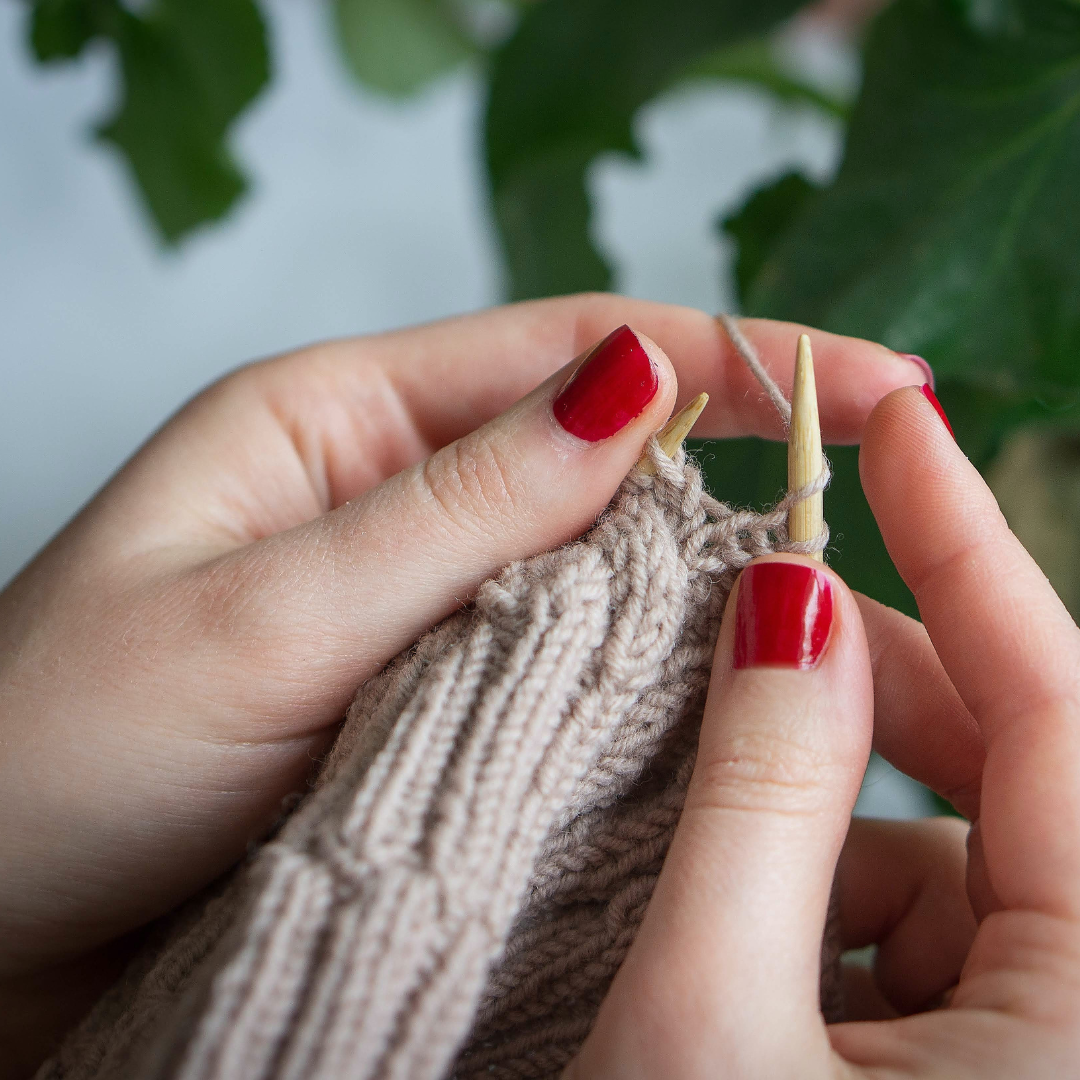The Art of Clear and Concise Pattern Writing
Knitting is supposed to be relaxing, right? But there's nothing relaxing about reading a pattern, trying to make sense of instructions that feel more like riddles.
A few years ago, I found myself knitting a cardigan from a pattern that was too bare-bones for my liking. Even with my background as an experienced knitter and designer, I had to improvise, making decisions about increases and decreases.
I would have much preferred clearer guidance. Normally, I relish the simplicity of following someone else's pattern, but this time was different.
In my experience, both through designing my own patterns and teaching others in Sweater Design School, I've learned the immense value of well-written patterns. Clarity and conciseness are not just nice to have - they are essentials that transform the knitting experience.
A couple of weeks ago, I wrote about the importance of style sheets, a resource I've found invaluable in my own pattern writing. So today, let's delve deeper into how you can make your knitting patterns clearer, more concise, and easy to follow.
Our goal here is to ensure that knitters using your patterns have a smooth and enjoyable experience - one that's free from the confusion that can sometimes turn a relaxing hobby into a source of frustration.
Image description: A woman is working on her laptop and taking notes with pencil and paper. Text overlay says, The Art of Clear and Concise Pattern Writing
How to Write Clear and Concise Knitting Patterns
Understanding Your Audience
When writing knitting patterns, it's important to recognise the broad spectrum of your audience.
From enthusiastic beginners who might need hand-holding to advanced knitters who often look for just the essentials, understanding the needs of your knitters is key. This awareness not only shapes your pattern's complexity but also the way you communicate each step.
As a designer, I've always leaned towards more detailed instructions. I believe in removing ambiguity and providing clear, step-by-step directions. This might seem unnecessary to the experienced knitter, but it's very helpful for those just starting out or who prefer a more guided approach.
My aim is to create an enjoyable pattern for the knitter, ensuring they can follow along with confidence, even if they don’t have too much experience. It's a delicate balance between providing enough information to guide but not to overwhelm.
Structuring Your Pattern
When it comes to structuring your knitting pattern, using a clear and organised format ensures that makers can easily navigate it. Here's a breakdown of the key components and some important considerations:
Front Page: The front page sets the stage with an appealing photo of your design and its name.
Pattern Notes: Share the inspiration behind your design and provide information on the pattern's construction to set the maker's expectations.
Materials & Info: This section covers everything a maker needs to know before diving into the project. It includes details such as:
Skill Level
Sizing
Finished Measurements (in both metric and imperial)
Ease
Yarn Requirements
Needle Sizes (both US and mm)
Extras (any additional materials or notions)
Gauge
Links to Advanced Technique Tutorials (if relevant)
Pattern Instructions: Break down the pattern instructions into well-organised sections, each with a clear hierarchy of headings. This helps makers keep track of their progress within the pattern. If any section is particularly intricate or may be confusing, consider prefacing it with a short note explaining what to expect and how to approach it.
Abbreviations: In this section, include only the abbreviations used in this specific pattern. Maintain a standard list of abbreviations and their definitions in your Style Sheet to streamline this process for future patterns.
Graphics: Group all your graphics together, including charts, schematics, and any other visual aids relevant to the pattern. Ensure these graphics are large enough for easy reference by the maker.
About the Designer: Conclude your pattern with a brief section where you introduce yourself as the designer. You can also provide links to where you sell your other knitting patterns and encourage makers to share their project progress on social media using an official pattern hashtag.
Image description: A woman is sat in a bright studio writing a knitting pattern up on her laptop. The text says, Knitting Pattern Design, The Art of Clear and Concise Pattern Writing
Incorporating Visual Aids
Visual aids, including schematics, charts, diagrams, and pattern photos, are like road signs for knitters. They provide visual cues and references that make it easier for them to follow the rest of the pattern.
To cater to more knitters, consider providing both charts and written instructions for stitches and motifs. Some knitters find charts more intuitive, while others prefer written instructions. By offering both, you ensure that all makers can confidently work through your patterns.
When making visual aids to complement your written instructions, keep the following in mind:
Clarity is Key: Ensure that your visual aids are crystal clear. Use easily recognisable symbols in charts, add annotations where needed, and label parts of diagrams for clarity.
Consistency Matters: Maintain a consistent style and format for visual aids across your patterns. This helps knitters quickly become familiar with your pattern style.
Attention to Detail: Include important details in schematics, such as measurements in cm and inches, and construction details. High-quality pattern photos should give close-ups of intricate stitch patterns.
In my own knitting patterns, I changed from writing the garment measurements directly on the schematic to using labels on the schematic that correspond to a table of measurements. This really improved my patterns’ clarity, as the text had to be quite small in the schematic to fit it all in. Now, the measurements are super easy to reference.
Incorporating clear and easy-to-reference visual aids in your knitting patterns is a win-win. It not only makes your patterns more user-friendly but also empowers knitters to tackle even the most complex designs with confidence.
Image description: A tech editor is working on a knitting pattern using her laptop and a pencil to make notes at her desk
Bonus Tip: Quality Assurance
Tech editing and test knitting are what turn a good knitting pattern into a great one. They ensure that your pattern is error-free, easy to follow, and gives knitters the promised results.
No matter how careful you are, there will always be errors or areas of your pattern that need clarifying. Tech editors are like pattern detectives, meticulously reviewing every pattern number to catch errors, clarify instructions, and improve the overall clarity.
Test knitters, on the other hand, are your real-world testers, providing valuable feedback on the pattern's usability and results.
Be open to the feedback you get from your tech editor and test knitters, whether it's clarifying a confusing section, rewording instructions, or adjusting the charts. Their insights are incredibly helpful in refining your pattern.
Tech editing and test knitting do add time and cost to the pattern development process, but it's an investment that pays off in the form of satisfied knitters who can make your designs with confidence.
Recommended Resource
If you're new to pattern writing or looking to refine your skills, The Beginner's Guide to Writing Knitting Patterns by Kate Atherley is a must-read. Kate is a fantastic tech editor and has used her years of experience to write this comprehensive guide. It’s an invaluable resource for both novice and experienced designers who want a refresher.
Conclusion: The Art of Clear and Concise Pattern Writing
Learning to write clear and concise patterns is an important skill for all designers. It eliminates potential frustration, replacing it with a relaxing and straightforward knitting experience for your customers.
A well-structured pattern acts as a practical guide, ensuring knitters can navigate each step effortlessly. Visual aids play a crucial role in making the pattern easier to understand, and tech editing and test knitting are essential for a high-quality, error-free pattern.
Now, it's your turn! If you're a designer, I'd love to hear about your experiences and tips. If you're more of a knitter, share your thoughts on what makes a pattern truly enjoyable to work from. Feel free to join the conversation in the comments below!




